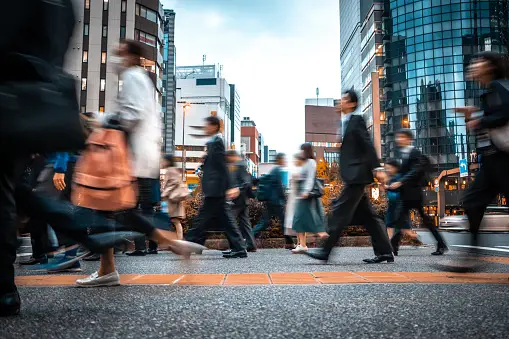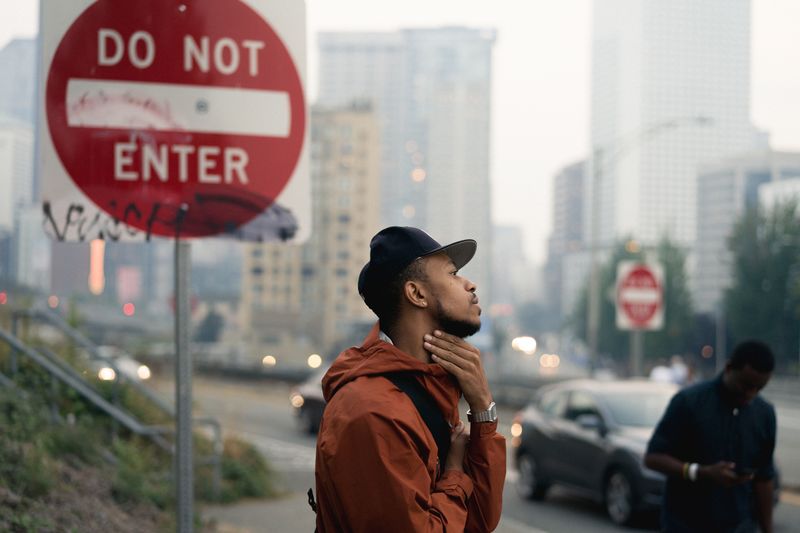Facts About Street Photographers Uncovered
The Best Guide To Street Photographers
Table of ContentsExcitement About Street PhotographersAll About Street PhotographersStreet Photographers - TruthsStreet Photographers for DummiesAbout Street Photographers
, a category of digital photography that records daily life in a public area. The actual publicness of the setup enables the professional photographer to take honest pictures of unfamiliar people, usually without their expertise. Road professional photographers do not necessarily have a social purpose in mind, yet they like to isolate and record minutes which could otherwise go undetected.He was influenced by numerous of those that affected the road photographers of the 1950s and '60s, he was not mainly interested in recording the spirit of the street. The impulse to visually record individuals in public began with 19th-century painters such as Edgar Degas, douard Manet, and Henri de Toulouse-Lautrec, who worked side by side with photographers trying to catch the essence of urban life.

Given the fine quality of his photographs and the breadth of product, engineers and musicians often purchased Atget's prints to utilize as referral for their very own job, though commercial passions were hardly his main inspiration. Rather, he was driven to picture every last residue of the Paris he enjoyed. The mingled enthusiasm and urgency of his mission shine through, resulting in photos that narrate his own experience of the city, high qualities that expected road digital photography of the 20th century.
Some Known Facts About Street Photographers.
They expose the city via his eyes. His work and fundamental understanding of digital photography as an art kind functioned as inspiration to generations of digital photographers that complied with. The future generation of road digital photographers, though they likely did not describe themselves because of this, was introduced by the photojournalism of Hungarian-born professional photographer Andr Kertsz.
Unlike his peers, Brassa used a larger-format Voigtlnder camera with a much longer exposure time, compeling him to be a lot more computed and thoughtful in his technique than he may have been if using a Leica. (It is assumed that he might not have had the ability to manage a Leica at that time, yet he did, nonetheless, make use of one in the late 1950s to take colour photos.) Brassa's More Bonuses photographs of the Paris underworld illuminated by man-made light were a revelation, and the collection of the collection that he published, (1933 ), was a major success.
Cartier-Bresson was a champion of the Leica camera and one of the very first photographers to maximize its abilities. The Leica permitted the photographer to connect with the environments and to catch minutes as they happened - Street Photographers. Its relatively tiny dimension also aided the photographer fade into the history, which was Cartier-Bresson's preferred approach
4 Simple Techniques For Street Photographers
It is due to this fundamental understanding of the art of photo taking that he is frequently attributed with finding the medium around again approximately a century since its invention. He took photographs for greater than a half century and affected generations of professional photographers to trust their eye and intuition in the minute.
These are the inquiries I shall attempt to respond to: And after that I'll leave you with my very own definition of street digital photography. Yes, we do. Let's begin with specifying what a meaning is: According to it is: "The act of specifying, or of visit this site making something certain, distinctive, or clear".
No, absolutely not. The term is both restricting and misleading. Sounds like a road digital photography should be pictures of a streets appropriate?! And all road digital photographers, with the exception of a handful of absolute novices, will fully value that a street is not the vital part to road photography, and in fact if it's a photo of a street with maybe a couple of boring individuals doing nothing of rate of interest, that's not street digital photography that's a snapshot of a road.
He makes a legitimate point do not you believe? Nonetheless, while I concur with him I'm not exactly sure "honest public digital photography" will certainly catch on (although I do kind of like the term "honest photography") due to the fact that "street digital photography" has been around for a lengthy time, with Recommended Site several masters' names connected to it, so I believe the term is here to stay.
Getting My Street Photographers To Work
Inside?! I hear you scream as you shake your fist to the sky. Why not? You can shoot at the beach, at an event, in a street, in a park, in a piazza, in a cafe, at a museum or art gallery, in a city station, at an event, on a bridge, under a bridge ...

Some Ideas on Street Photographers You Need To Know
